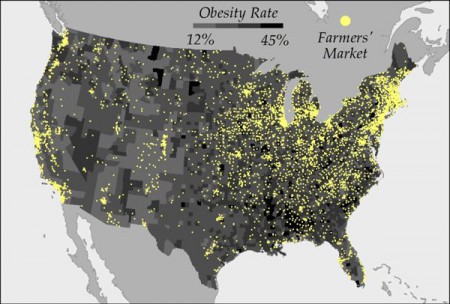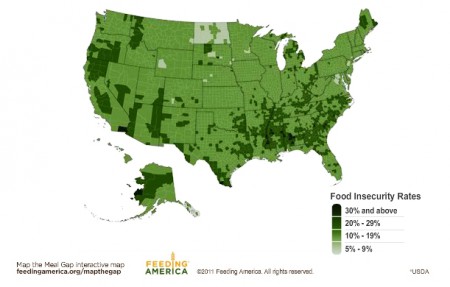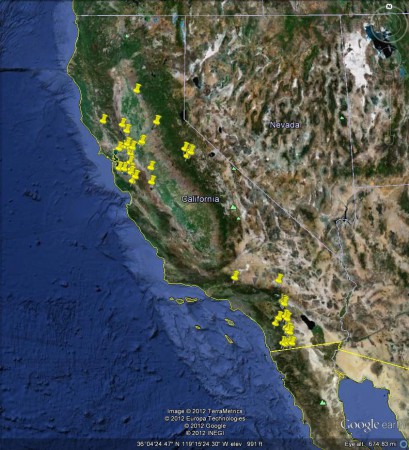There’s a USDA media blitz on about the new Plant Hardiness Zone Map for the United States.
The 2012 USDA Plant Hardiness Zone Map is the standard by which gardeners and growers can determine which plants are most likely to thrive at a location. The map is based on the average annual minimum winter temperature, divided into 10-degree F zones.
You can read the paper. You can read the press coverage. And you can watch the video.
The good news for America’s 80 million gardeners is that for the first time the map is available in an online interactive version, and is a lot more accurate. The bad news is that things are getting hotter, and many of those gardeners are going to have to rethink their choices:
The new PHZM is generally one half-zone warmer than the previous PHZM throughout much of the United States, as a result of a more recent averaging period (1974–1986 vs. 1976–2005).
But then we knew that. As far as I can see, you can’t compare the new version with the old online, side by side kind of thing. That would be one powerful climate change advocacy tool, wouldn’t it. Gardeners don’t like to be messed with, in my experience.


